Table of Contents
East Flowing Rivers: India is the seventh largest country in the world and has a lot of rivers flowing through it and it can be difficult to understand its rivers by name alone. There are two types of rivers flowing through India: Himalayan rivers, which originate from the Himalayan Mountains in northern India, and peninsular rivers, which flow through southern India.
Peninsular rivers flow in two directions: west-flowing rivers, which drain into the Arabian Sea, and east flowing rivers, which merge into the Bay of Bengal. The major East flowing rivers are Godavari, Krishna, Kaveri, Damodar, Mahanadi, Subarnarekha, Ponnaiyar, Pennar, Brahmani, Sharda, and Vaigai. In today’s article, we will discuss about east flowing rivers which are very important for UPSC pre and mains.
East Flowing Rivers
India is a land of rivers and it can be challenging to understand the diversity of its rivers. Peninsular rivers flow in two major directions: west-flowing rivers, which drain into the Arabian Sea, and east-flowing rivers, which merge into the Bay of Bengal. Today we will provide information about the major East Flowing Rivers of the peninsular rivers. East-flowing rivers are extremely important for India’s water resources and agriculture.
Also read- Western And Eastern Coastal Plains
List of East Flowing Rivers
The major rivers include the Godavari, which is the longest river in South India; Krishna, which flows through Maharashtra, Karnataka, Andhra Pradesh, and Telangana; Kaveri, which is considered the lifeline of Karnataka and Tamil Nadu; Damodar, also known as the Sorrow of Bengal; Mahanadi, which is the major source of irrigation in Odisha and Chhattisgarh; Subarnarekha, which flows through Jharkhand and West Bengal;
Ponnaiyar, which is an important river in Tamil Nadu; Pennar, which flows through Andhra Pradesh and Tamil Nadu; Brahmani, which is the major river in Odisha; and Vaigai, which is an important river in Tamil Nadu. These rivers play a vital role in the social, economic, and environmental system of India and are also very important topics for UPSC Pre and Mains exams.
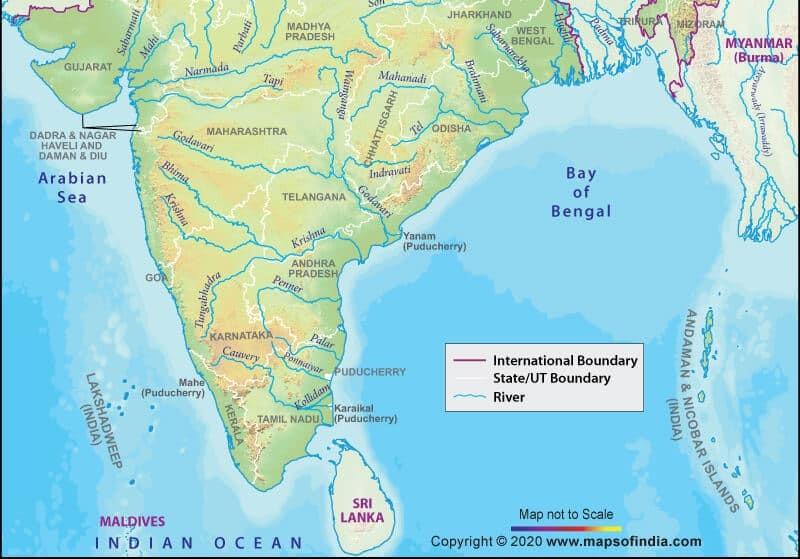
| River | Length (km) | Origin | States Flowing Through | Major Tributaries | Notable Points |
|---|---|---|---|---|---|
| Godavari | 1,465 | Nasik, Maharashtra | Maharashtra, Telangana, Andhra Pradesh, Chhattisgarh, Odisha | Manjra, Pravara, Pranhita, Purna | Longest river in South India |
| Krishna | 1,400 | Mahabaleshwar, Maharashtra | Maharashtra, Karnataka, Andhra Pradesh, Telangana | Bhima, Tungabhadra | Major source for agriculture |
| Kaveri | 800 | Kodagu district of Karnataka | Karnataka, Tamil Nadu | Hemavati, Shimsha, Kabini, Amaravati | Lifeline of Karnataka and Tamil Nadu |
| Damodar | 541 | Palamu hills, Jharkhand | Jharkhand, West Bengal | Barakar, Konar, Bokaro, Haharo | Known as the Sorrow of Bengal |
| Mahanadi | 900 | Raipur district, Chhattisgarh | Maharashtra, Chhattisgarh, Jharkhand and Orissa | Seonath, Jonk, Hasdeo, Ong, Tel | Major source of irrigation in Odisha |
| Subarnarekha | 395 | Ranchi plateau, Jharkhand | Jharkhand, West Bengal, Odisha | Kanchi | Important river in Jharkhand and West Bengal |
| Ponnaiyar | 497 | Nandi Hills, Karnataka | Karnataka, Tamil Nadu | Chinnar, Markanda | It is the second longest river in Tamil Nadu |
| Pennar | 597 | Nandi Hills, Karnataka | Karnataka, Andhra Pradesh, Tamil Nadu | Chitravati, Papagni | Flows through Andhra Pradesh and Tamil Nadu |
| Brahmani | 480 | Ranchi, Jharkhand | Jharkhand, Odisha | South Koel, Sankh | Major river in Odisha |
| Vaigai | 258 | Varusanadu Hills, Tamil Nadu | Tamil Nadu | Suruli, Manjalar | Important river in Tamil Nadu |
East Flowing Rivers – Godavari
The Godavari River, originating in Nasik, Maharashtra, is the longest river in South India, stretching over 1,465 kilometers. It traverses through several states, including Maharashtra, Telangana, Andhra Pradesh, Chhattisgarh, and Odisha. Along its course, it is joined by major tributaries such as the Manjra, Pravara, Pranhita, and Purna rivers. The Godavari plays a crucial role in the regions it flows through, providing water resources for agriculture, industry, and daily life.



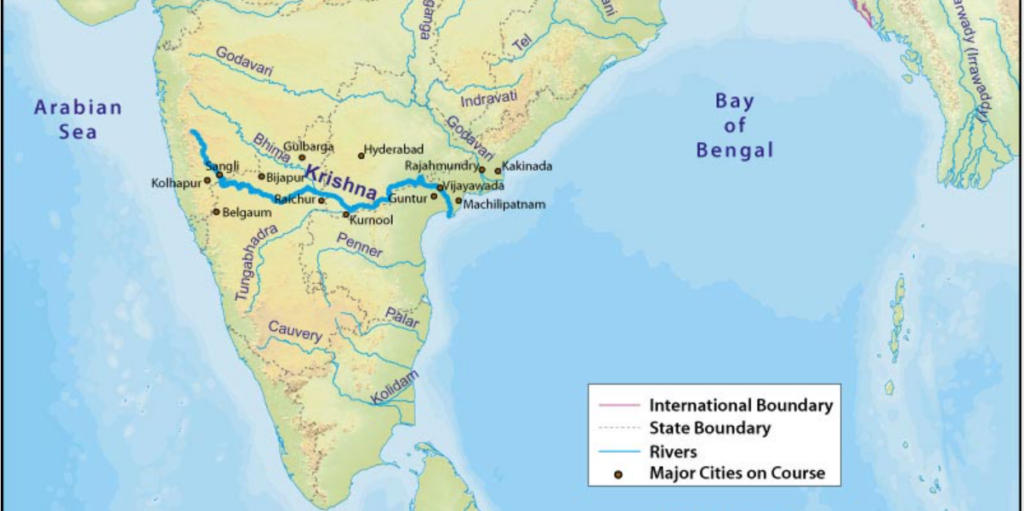
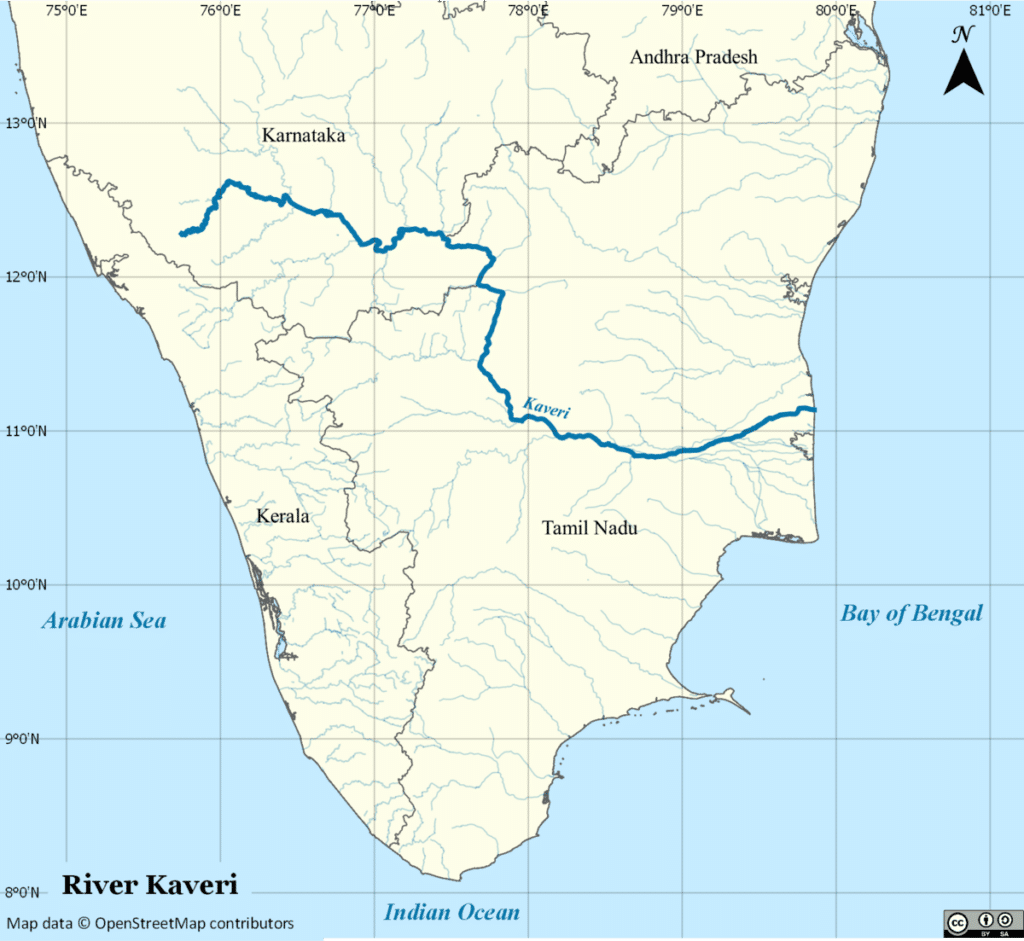
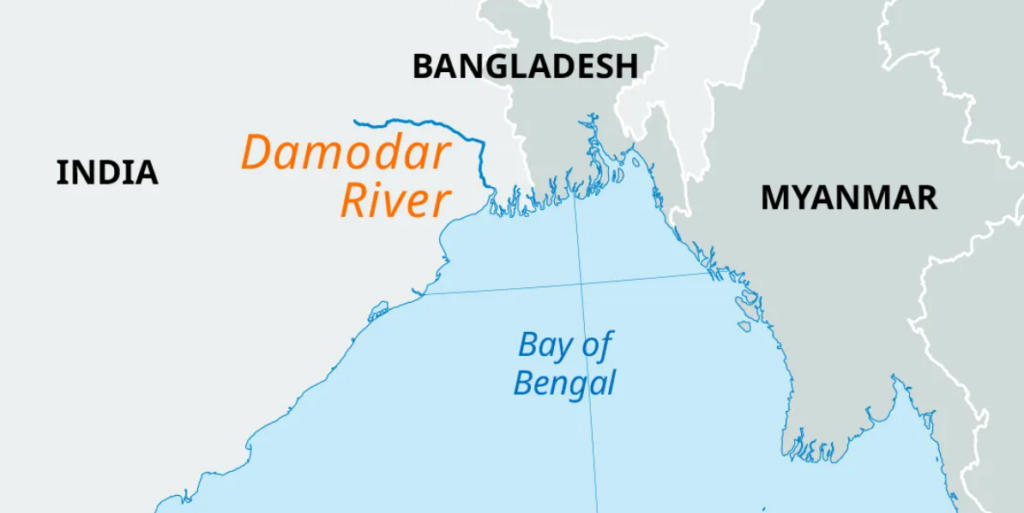
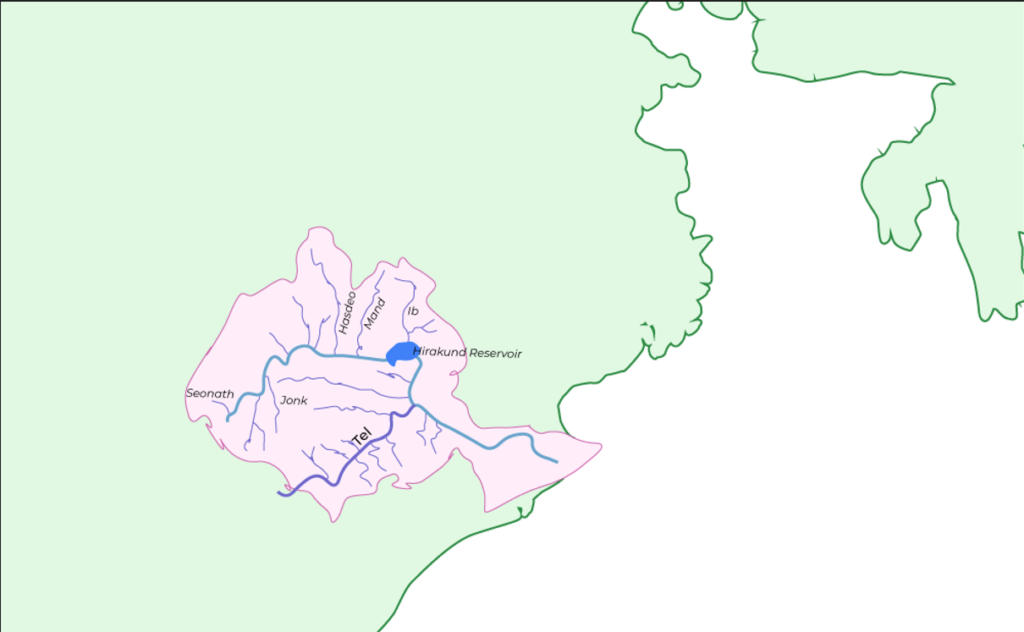
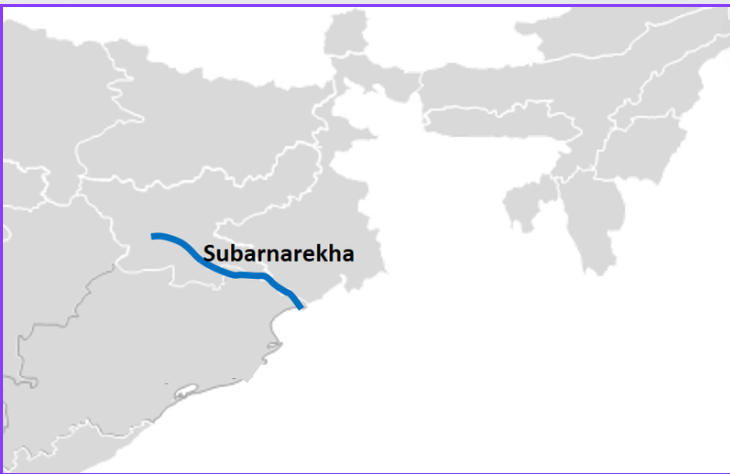
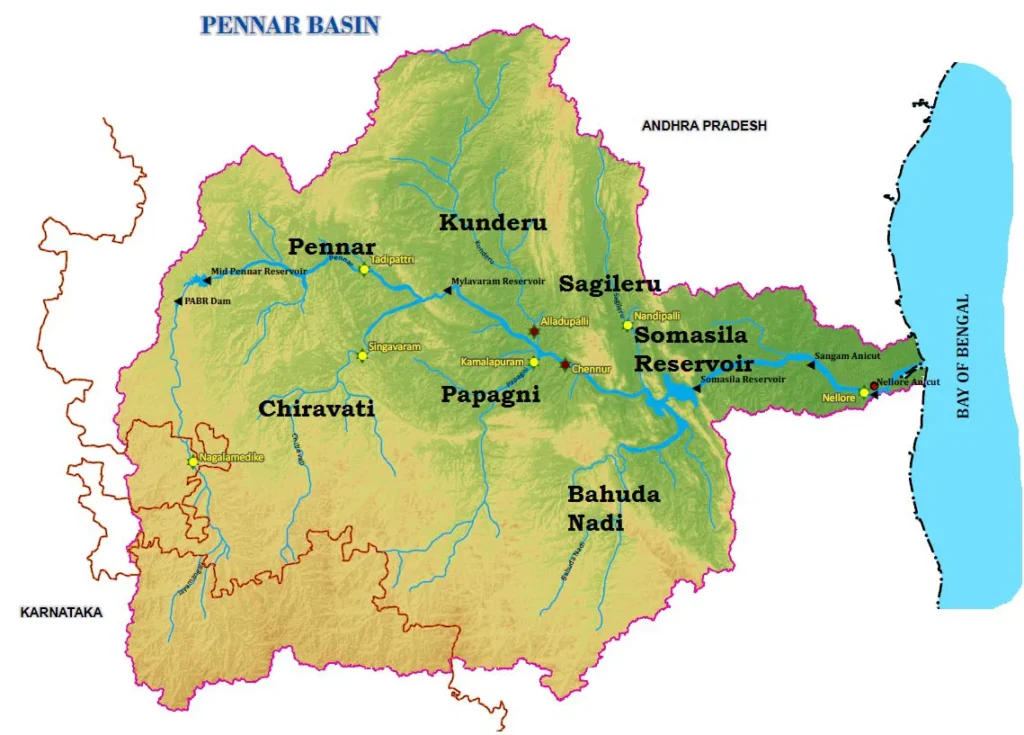
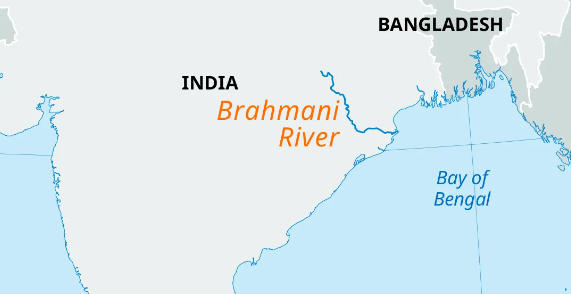
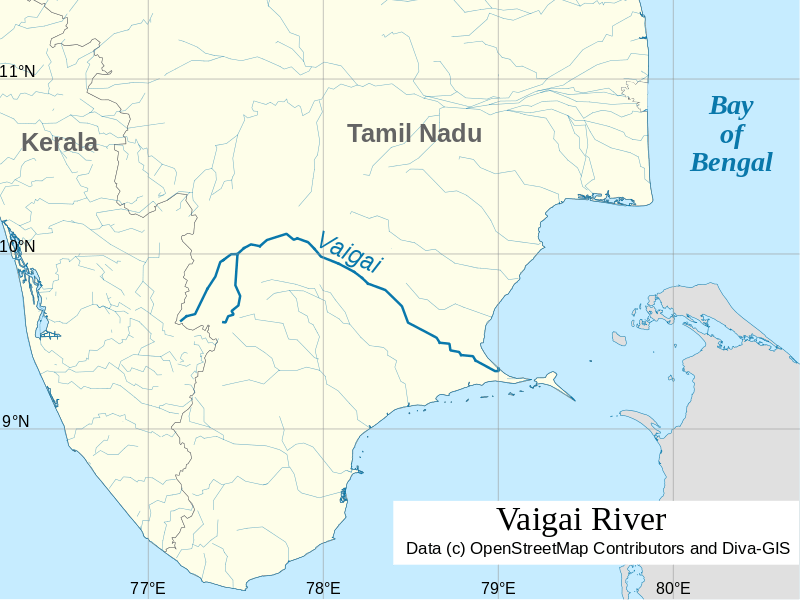


 TSPSC Group 1 Question Paper 2024, Downl...
TSPSC Group 1 Question Paper 2024, Downl...
 TSPSC Group 1 Answer key 2024 Out, Downl...
TSPSC Group 1 Answer key 2024 Out, Downl...
 UPSC Prelims 2024 Question Paper, Downlo...
UPSC Prelims 2024 Question Paper, Downlo...
